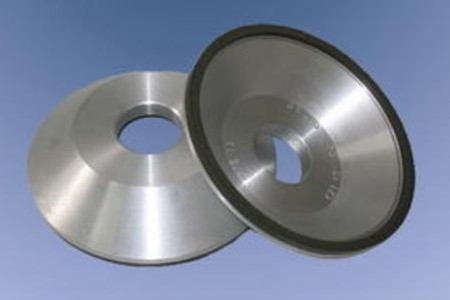As a common grinding tool, grinding wheel is widely used in metal processing, workpiece dressing and other fields. Its performance characteristics directly affect the processing quality and efficiency. This article will delve into the formation of this product's characteristics and the key factors influencing these characteristics.
1, the formation of product characteristics
The characteristics of a product are formed by the interaction of many factors, including materials, structure, shape and manufacturing process. Below we will describe these factors in detail and their impact on grinding wheel characteristics.
2. Key influencing factors
1. Selection of materials:
The material of the product directly affects its grinding performance and service life. Common materials are alumina, silicon carbide, boron nitride and so on. Alumina products have high hardness and wear resistance, suitable for processing high hardness metal; Silicon carbide products have good heat resistance, suitable for processing steel and other metals; Boron nitride products have excellent properties at high temperatures and are suitable for materials such as superalloys. The choice of different materials will directly determine the wear resistance, thermal stability and grinding effect.

2. Structure and shape:
The structure and shape of the product have an important impact on its grinding effect and application range. The structure includes the tightness and arrangement of the sand grains. There is a gap between the sand grains of the open structure, which is suitable for cutting processing; The compact structure of the sand is more compact between the grains, suitable for grinding. The shape will also affect its scope of application, such as flat grinding wheel for flat grinding, round grinding wheel for circular workpiece grinding.
3. Abrasive particle size:
The abrasive particle size of the product refers to the size of abrasive particles in the grinding wheel. Finer abrasive particles can provide a smoother machining surface, but may reduce grinding efficiency; Coarser abrasive particles can improve grinding efficiency, but may lead to rough machined surfaces. The choice of abrasive particle size should be determined according to the specific processing requirements.
4. Hardness and bond:
The hardness of the product directly affects its grinding performance. Too low hardness will cause the product to wear too quickly, while too high hardness may reduce the cutting ability. The binder of the product can bind abrasive particles, affecting the strength and wear resistance of the product. Different hardness and choice of bond will affect the service life and cutting performance of the product.
5. Manufacturing process:
The manufacturing process of a product also has an important impact on its performance characteristics. The manufacturing process includes sintering temperature, molding pressure, cooling rate, etc. Different process parameters will affect the internal structure and performance distribution of the product, thus affecting the overall grinding performance.
6. Use environment and operation:
The environment in which a product is used and how it is operated can also affect its performance. For example, the grinding effect of the product may be different under dry and wet grinding conditions; The cutting performance of the product at high speed and low speed will also be different. The correct use environment and operation mode can greatly play the characteristics of the product.
The formation of grinding wheel characteristics is the result of the comprehensive action of many factors, among which the selection of materials, structure and shape, abrasive size, hardness and bonding agent, manufacturing process, use environment and operation mode are the key factors affecting its performance.
Understanding and mastering these factors can help users choose the right grinding wheel, so as to achieve better grinding results and processing quality. In actual use, it should also be adjusted and optimized according to the specific situation to obtain a more ideal processing effect.